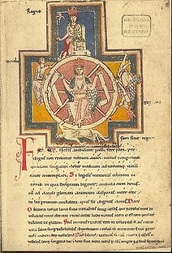
Note to readers: This post originally was originally written in reference to a Christmas concert by my own choir; thus the holiday reference.
Why are we singing a lullaby to a seal? Are seals somehow part of the Christmas story?
Let’s get the connection between seals (the animals) and Christmas out of the way first. There isn’t one. So that’s settled. (There are Christmas seals of another type,, though—remember those? The little stamps with holiday themes that you’d stick on the envelope flap of your Christmas cards? They’re issued by the American Lung Association and have been around since 1907, when the main push was to find a cure for tuberculosis. As I revise this post in the fall of 2020 they’ve shifted focus to COVID-19. You can still order them and also post them digitally to Facebook, etc.)

 What is the significance of the year 1913 in “Noël: Christmas Eve, 1913”?
What is the significance of the year 1913 in “Noël: Christmas Eve, 1913”?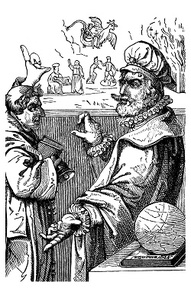 Note to readers: This post isn’t actually about choral music but about an operatic aria. If you like Gounod’s Faust, though, I think you’ll enjoy reading the following:
Note to readers: This post isn’t actually about choral music but about an operatic aria. If you like Gounod’s Faust, though, I think you’ll enjoy reading the following: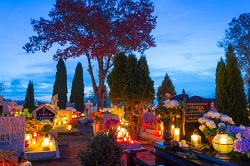
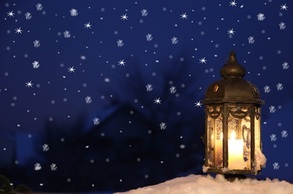 Medleys from musicals or films are a popular way for a choir to be able to give its audience a taste of the original without having to worry about staging the entire work. Listeners who are familiar with the source material will be given an opportunity to hear it in a different venue; listeners who aren’t familiar with it may be encouraged to seek it out. These opportunities also apply to the performers. For instance, I had never seen Guys and Dolls, but when my own choir performed a medley from that musical, I was inspired to watch the film. And the same thing happened to me with Nightmare. I have to say that it sounded pretty icky to me when we first got our music, but I decided to watch the movie anyway so that I’d have a good basis for this post. Guess what? I totally fell in love with it. So very, very creative!
Medleys from musicals or films are a popular way for a choir to be able to give its audience a taste of the original without having to worry about staging the entire work. Listeners who are familiar with the source material will be given an opportunity to hear it in a different venue; listeners who aren’t familiar with it may be encouraged to seek it out. These opportunities also apply to the performers. For instance, I had never seen Guys and Dolls, but when my own choir performed a medley from that musical, I was inspired to watch the film. And the same thing happened to me with Nightmare. I have to say that it sounded pretty icky to me when we first got our music, but I decided to watch the movie anyway so that I’d have a good basis for this post. Guess what? I totally fell in love with it. So very, very creative!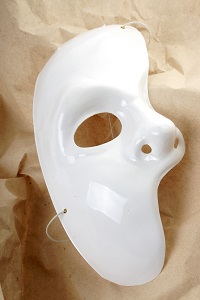
 This selection is from the third film in the Harry Potter franchise, HP and the Prisoner of Azkaban. It’s performed by the Frog Choir, a group of Hogwarts students who don’t appear in any of the actual books but whom J. K. Rowling really loved when she saw them in the movie. They perform at the welcoming feast that begins the new school term and each carries a toad, one of which croaks during the song. (Why aren’t they called the Toad Choir? I don’t know.) The music is, of course, by John Williams. Isn’t everything?
This selection is from the third film in the Harry Potter franchise, HP and the Prisoner of Azkaban. It’s performed by the Frog Choir, a group of Hogwarts students who don’t appear in any of the actual books but whom J. K. Rowling really loved when she saw them in the movie. They perform at the welcoming feast that begins the new school term and each carries a toad, one of which croaks during the song. (Why aren’t they called the Toad Choir? I don’t know.) The music is, of course, by John Williams. Isn’t everything?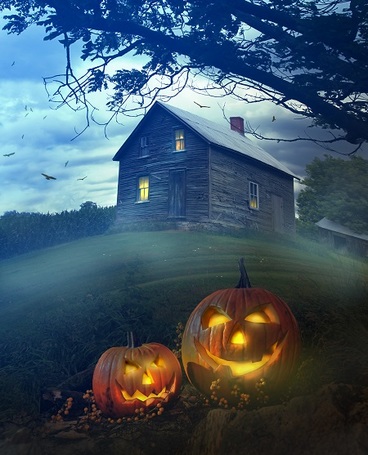 Years ago a woman I knew said that she had become concerned that by celebrating Halloween she was advocating wickedness and evil, and she had decided to stop doing it. Apparently she had been into this holiday big time, with tons of decorations and traditions, probably up to and including cakes sporting spiders and fake cobwebs strewn everywhere. She threw it all out and explained to her kids that they would no longer be participating in any of these activities. She substituted a more innocuous “harvest” holiday, so they didn’t miss out entirely.
Years ago a woman I knew said that she had become concerned that by celebrating Halloween she was advocating wickedness and evil, and she had decided to stop doing it. Apparently she had been into this holiday big time, with tons of decorations and traditions, probably up to and including cakes sporting spiders and fake cobwebs strewn everywhere. She threw it all out and explained to her kids that they would no longer be participating in any of these activities. She substituted a more innocuous “harvest” holiday, so they didn’t miss out entirely.